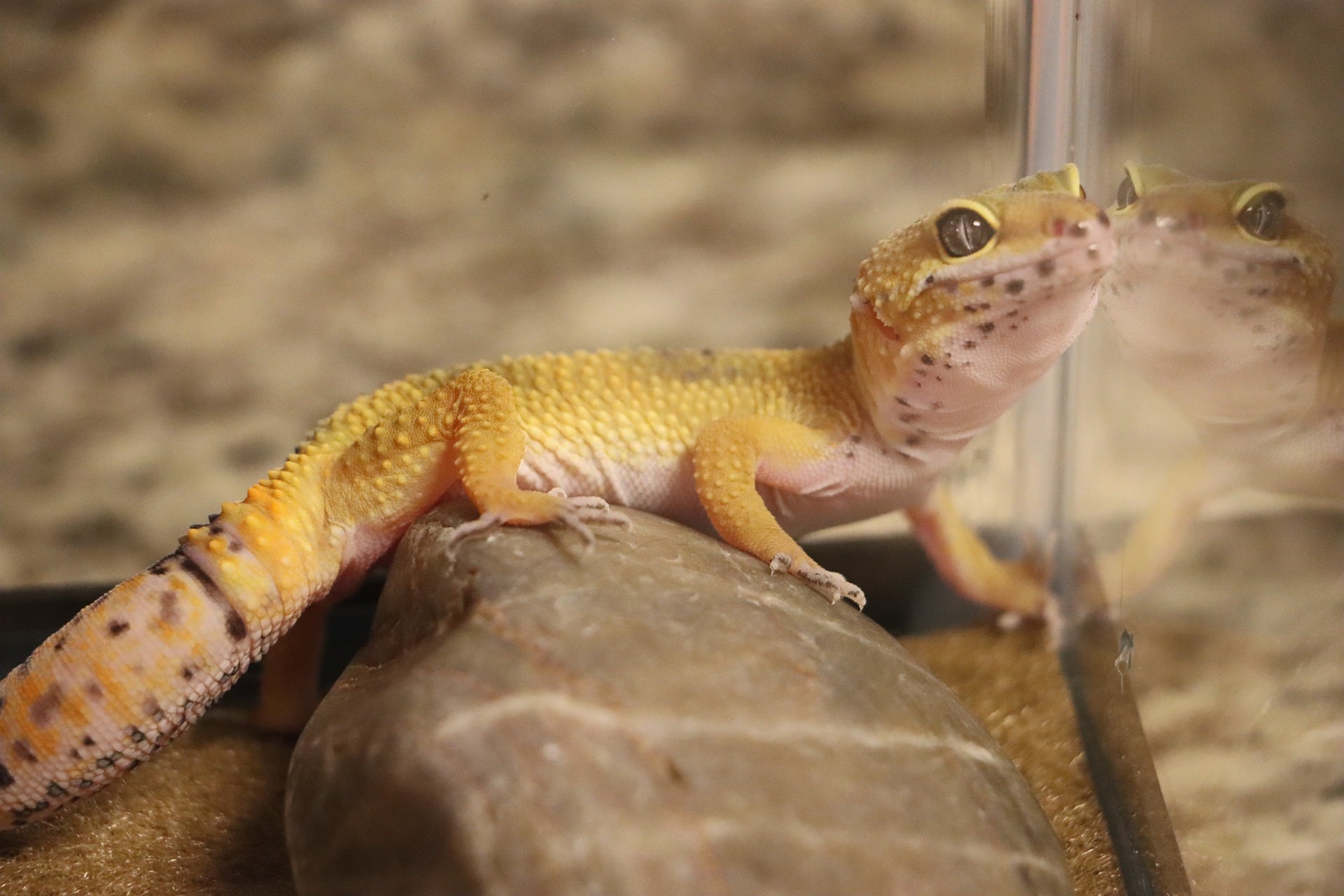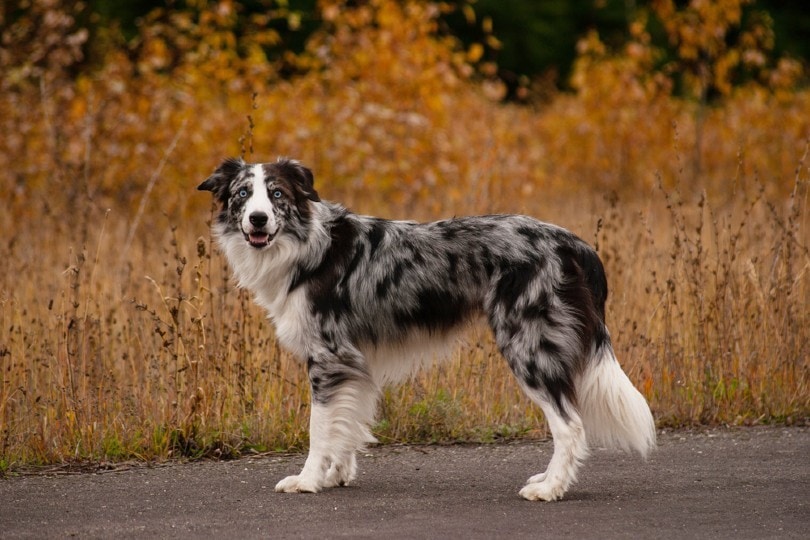
There’s no question that having a classroom pet has many advantages, but there are some disadvantages as well. In fact, the whole concept is full of controversy, with many speaking out for and against using animals in the classroom.
We’ll go over the good and the bad and offer some suggestions on the best pets to choose from as well as the pets you need to avoid. Hopefully, we’ll help you make an informed decision before you take that first step.
What to Consider Before Committing to a Classroom Pet
Obviously, if you’re a teacher, you’ll need to think about every aspect of pet care and the impact this will have on you and your students (and parents). You’ll need to check to see if any of the students have allergies to the animals appropriate for the classroom.
Then there’s the upkeep. What kind of housing will the pet need? You really need to be careful about each animal’s requirements. You want to check on the suitable size of the enclosure and will it fit in your classroom? What is the diet of your potential pet?
What happens to the pet on weekends and holidays? Will you take it home with you every weekend, or will the children take turns bringing it to their own homes? You should also think about the age of the children in your class while deciding on the right kind of pet. The younger the children, the hardier the pet needs to be.
You should also ensure you can afford to care for the pet—you must bring it to the vet if there’s ever a medical issue.
Lastly, you’ll need to consider how the animal will fit into your curriculum. The entire process will take a lot of time and effort, as well as knowledge of the animal on your part.
The 8 Benefits of Having a Classroom Pet

There are most definitely many benefits of having a classroom pet, so we’ll go over the advantages.
1. Social Skills
Having a pet in the classroom can allow the children to interact with the pet and the other children. Pets can be a bridge for children to make friends with their classmates and give them the confidence to work through conflicts.
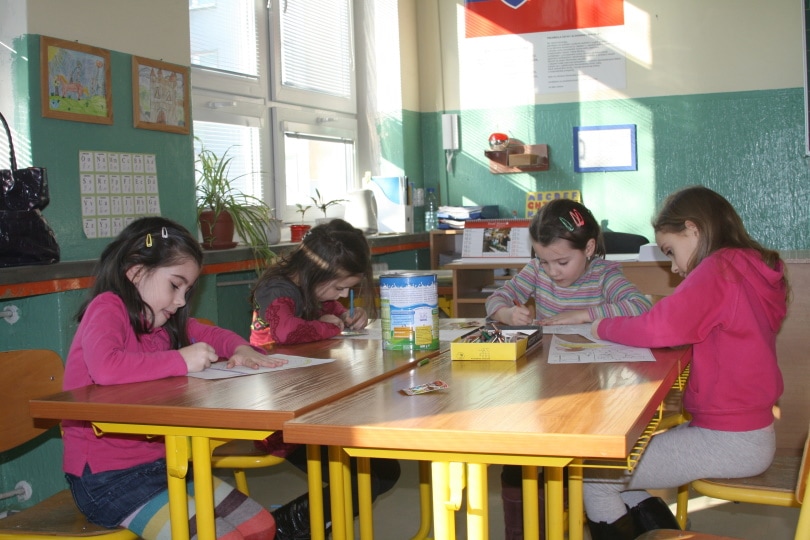
2. New Ways of Learning
Having a pet in the classroom will give you the opportunity to teach a variety of lessons based on the animal itself. A classroom animal can provide an interactive way to engage the children with their studies, and you can use science, math, and even English assignments based on the pet. The children can learn about the ecology of the animal and write papers on it (including creative writing).
3. Teaches Responsibility
The children can take turns helping to take care of the pet—feeding, cleaning, providing fresh water. These chores need to be done every day, and you can teach the children how to take care of this animal.
Students can even take the pet home on weekends, which will give them the chance to be responsible for its well-being for a few days.
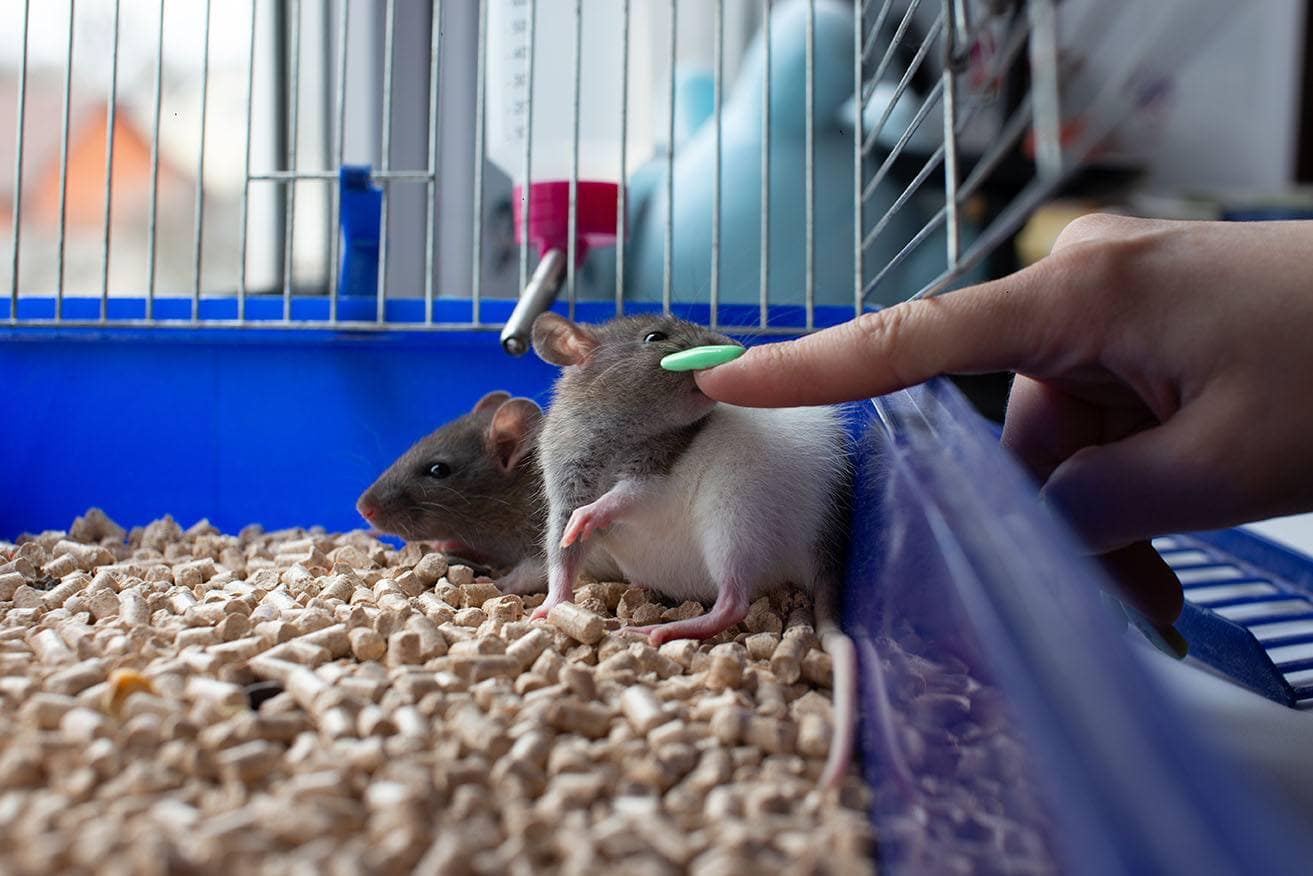
4. Builds Self-Esteem
Following along with responsibility, the pet can give the students a sense of accomplishment and pride while taking care of the pet. Studies have even shown that children tend to have a higher level of self-esteem compared to those without pets.
5. Companionship
Children can form a powerful bond with their pets and will consider them to be friends. This is no different in the classroom. Animals can provide us with unconditional love, which can give children strong emotional support. Even animals that aren’t cuddly like cats or dogs (like fish or turtles) can provide children with companionship.
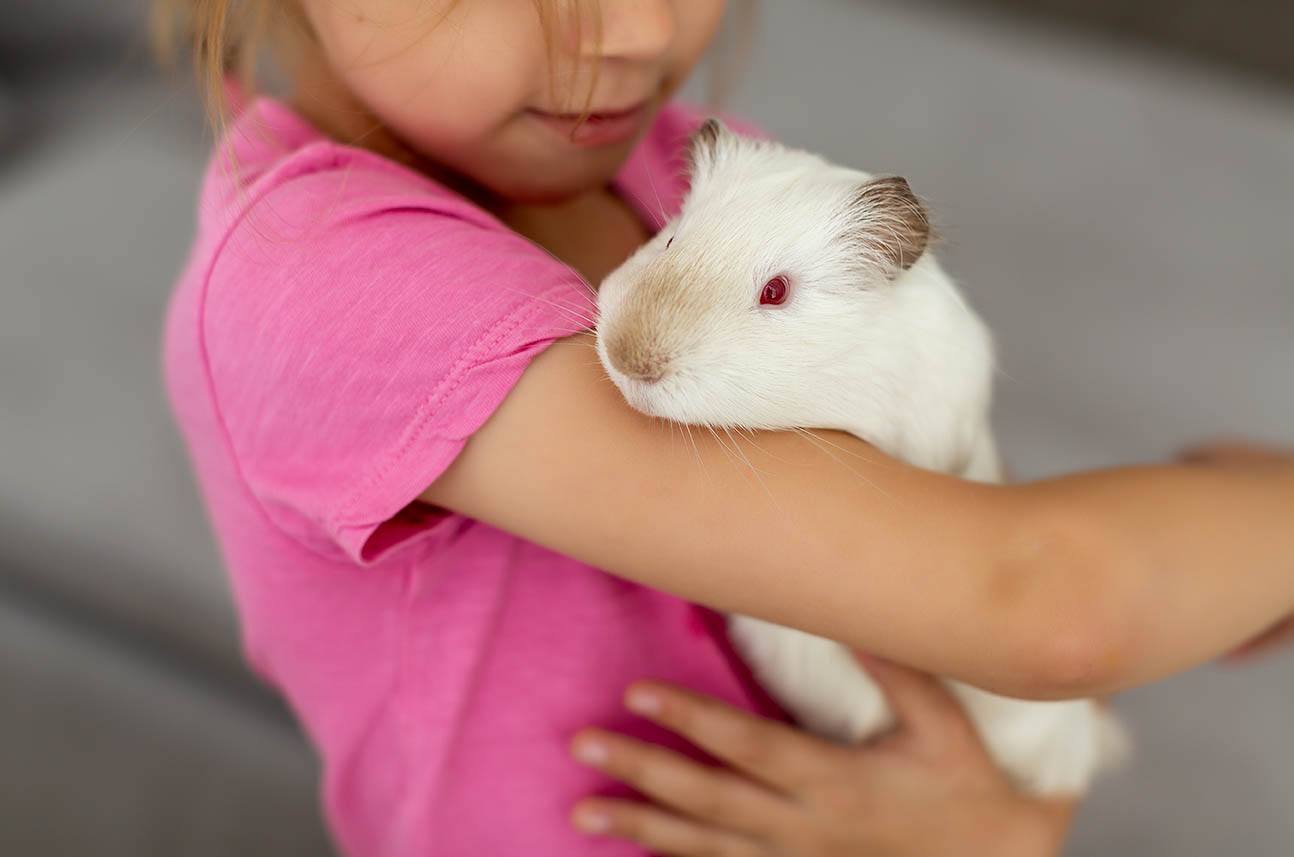
6. Stimulated Mental and Emotional Growth
Animals are known to help relieve anxiety and stress, and studies have shown how even being around an animal can help regulate your heart rate and breathing. This is why animals are commonly used in hospitals and why they can also contribute to a sense of calm in the classroom.
7. Enriches the Classroom
Pets in the classroom can give children who don’t have a pet at home the chance to interact with an animal. It can even provide the children with something to look forward to, and you might find an increase in attendance. They’ll feel more excited about their lessons and will probably look forward to going to school every day.
8. Encourages Nurturing
Besides making the student feel more responsible for taking care of the pet, it can also provide the child with nurturing skills. It can teach the children how to be gentle, and these nurturing skills they learn in their childhood are tremendously important for their futures.
According to the 2019 Pets in the Classroom Survey:
These numbers show that there are indeed many advantages to having a pet in your classroom.
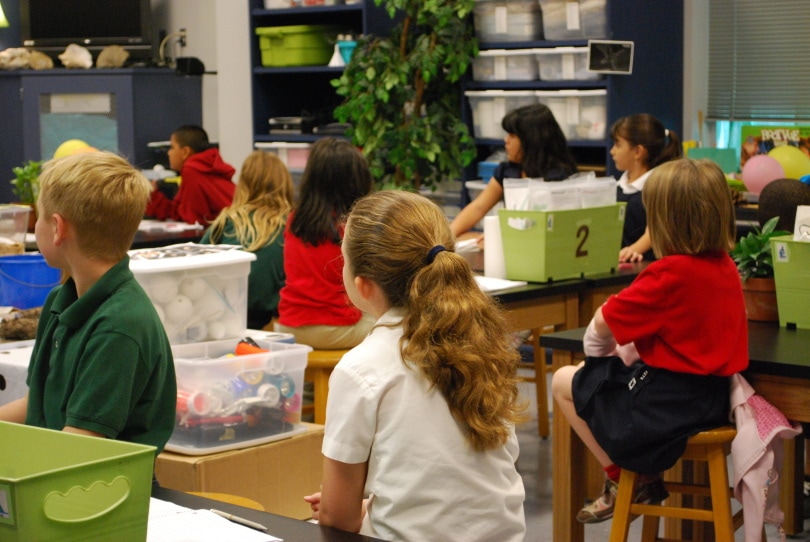
The 7 Disadvantages/Dangers of Classroom Pets
There are, unfortunately, a number of problems with bringing a pet into the classroom. Most of the disadvantages impact the pets most.
1. Pets Left Alone Overnight
Without anyone around to monitor the pet overnight, there’s always the risk of a sudden illness going unnoticed. A classroom pet could also suffer from extreme temperature fluctuations if the heat or air conditioning is turned off at night.
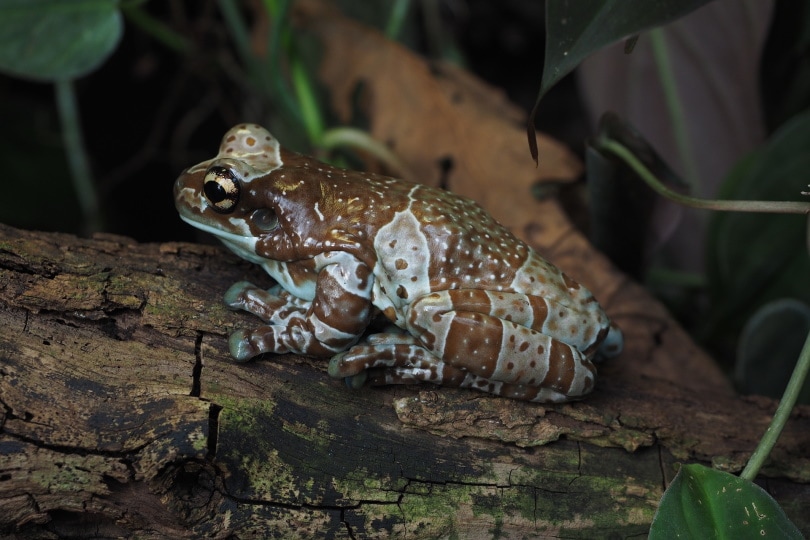
2. Pets Remain Unsupervised
Since pets can’t be constantly watched, there’s always the possibility that someone can abuse or kill the pet when the classroom is unattended.
3. Pets Can Be Over-handled
When you have a classroom full of boisterous children and one small animal, it can be difficult to control the situation. Some pets can die from stress if handled by too many children at once.
4. Classroom Not a “Home”
The classroom can be an inhospitable environment for many pets. Some small animals commonly used in classrooms are nocturnal, so they are supposed to sleep all day. Being in a bright and noisy classroom all day will disrupt their natural sleep patterns.

5. Lots of Work for Teachers
The chore of taking care of the pet and ensuring its protection as well as its health will ultimately fall on the teacher. Those managing the classroom will have to figure out if their budget can handle the upkeep as well as any health issues that might arise.
6. Health Risk for Some Kids
There are allergies, transmittable diseases, and the chance of the animal biting. Some children could prove to be allergic to the pet you’ve chosen (that perhaps no one knows about), and things like salmonella can be transmitted after handling certain reptiles.
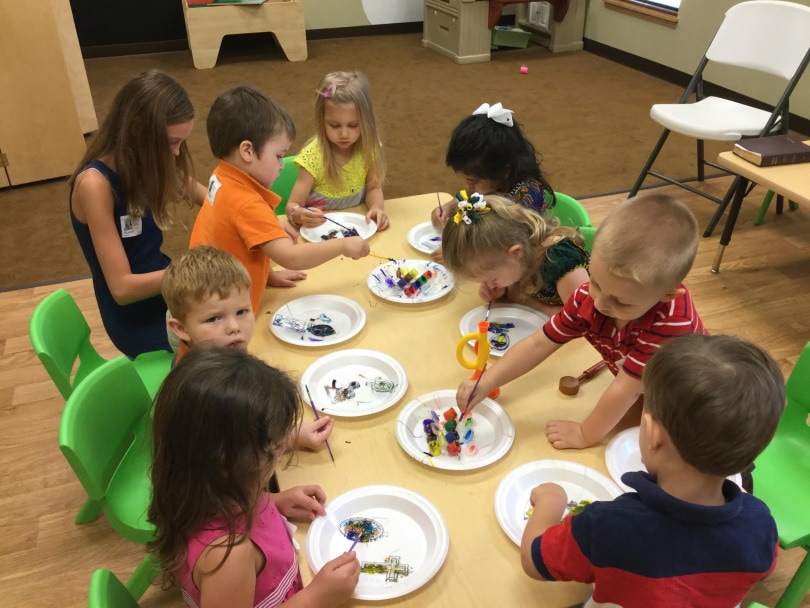
7. Can Be a Distraction
While studies have shown that the pet can positively impact academics and attendance, it can also be a distraction for some children. Students that have trouble focusing might be easily distracted and will have a more challenging time listening to the lesson at hand.
Top 5 Animals to Consider When Choosing a Classroom Pet
1. Guinea Pigs
These guys make some of the best pets thanks to their ease of care and because they’re bigger than most other rodents. They are social animals, so you could consider getting a pair.
2. Rats
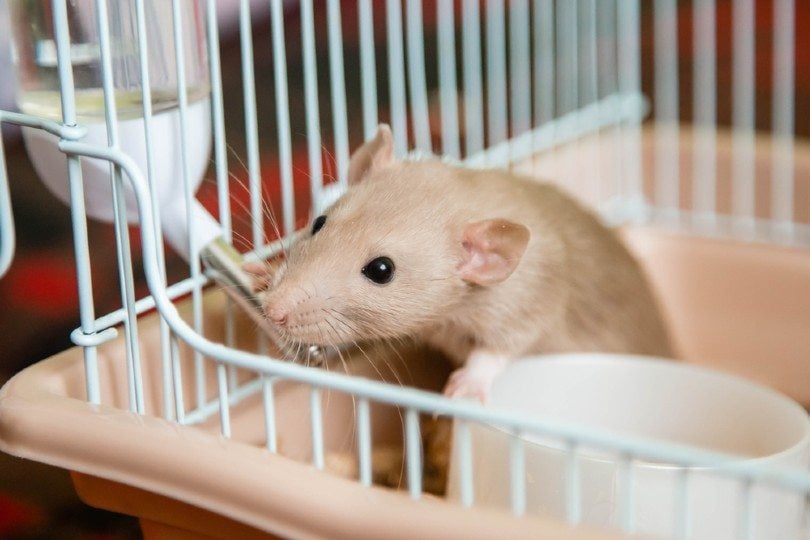
Rats are much less likely to bite than other pets that are traditionally used in the classroom (like hamsters and gerbils). They’re sensitive, intelligent, and easy to look after.
3. Fish
Fish are easy to look after (be sure to research the best kinds for this situation), but holidays and weekends might prove tricky. They are nice to look at and can provide some engaging lessons.
4. Frogs

Watching the life cycle of a frog would be a great lesson for the children. However, salmonella is a risk, so you either set up a “no handling the frog” situation or have the children immediately wash their hands after holding the frog.
5. Praying Mantis
This one is a little unorthodox, but they are relatively easy to take care of and are also easy to handle.
Just be sure to do your own homework before settling on one of these pets. You will want to avoid putting them into enclosures that are unsuitable or too small and make sure that feeding them won’t be a challenge.
The 9 Animals to Avoid When Choosing a Classroom Pet
1. Sugar Gliders

Sugar gliders are nocturnal and are fed in the evening, so the students will not see any activity or be able to watch them eat. They will also react to fear and might bite.
2. Hedgehogs/Ferrets/Chinchillas
They’re all nocturnal, don’t like to be handled, and can be excitable. They are also considered “exotic,” and have particular care needs.
3. Hermit Crabs
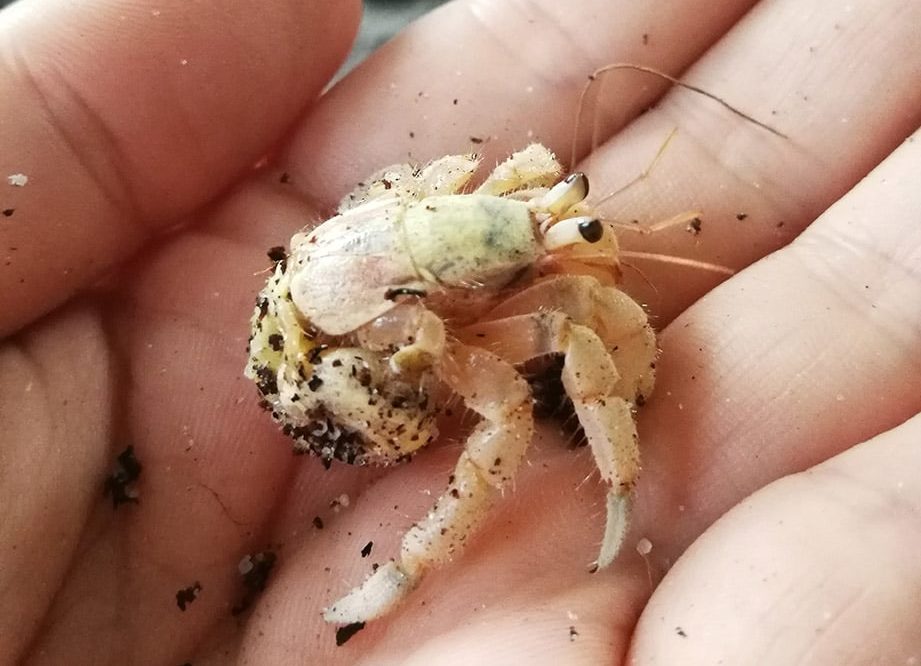
These guys can be popular classroom pets, but they’ll actually spend most of their time hidden in their shells. Plus, they can live for 20 to 30 years—that’s quite a commitment! However, they are low maintenance, so you could still consider one for your classroom.
4. Reptiles
Most reptiles don’t like being handled, so there’s the risk of biting. Many of them also grow quite large and have dietary needs that could upset some children (frozen mice, for example).
5. Birds
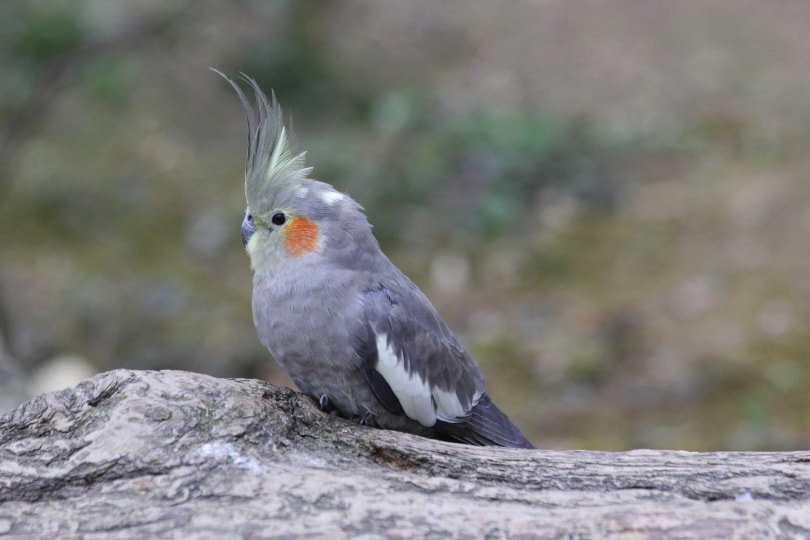
Birds can be quite noisy and messy and are prone to nipping if handled too much. They can also become quite stressed because of the noise and activity in the classroom.
6. Hamsters
These are usually the go-to for classroom pets, but they’re nocturnal and prone to biting if disturbed.
7. Rabbits

Rabbits are a mixed bag. Some teachers have used them in the classroom with great success, while others don’t recommend them. Being in a noisy classroom might be too stressful for most rabbits, and they need to be spayed or neutered. They are also not low maintenance.
Final Thoughts
If bringing a pet into the classroom isn’t in the cards, there are lots of other options for children to learn more about the world around them. You can consider taking the kids on field trips to zoos and nature centers, have guest speakers come into the classroom with animals, and watch nature documentaries.
Choosing to bring a pet into your classroom is a big decision! The lessons your students will learn from this experience are absolutely priceless, but you also need to think of the animal’s needs. Hopefully, we’ve helped you to decide what the best option is for you and your students.
Featured Image Credit: Piqsels




